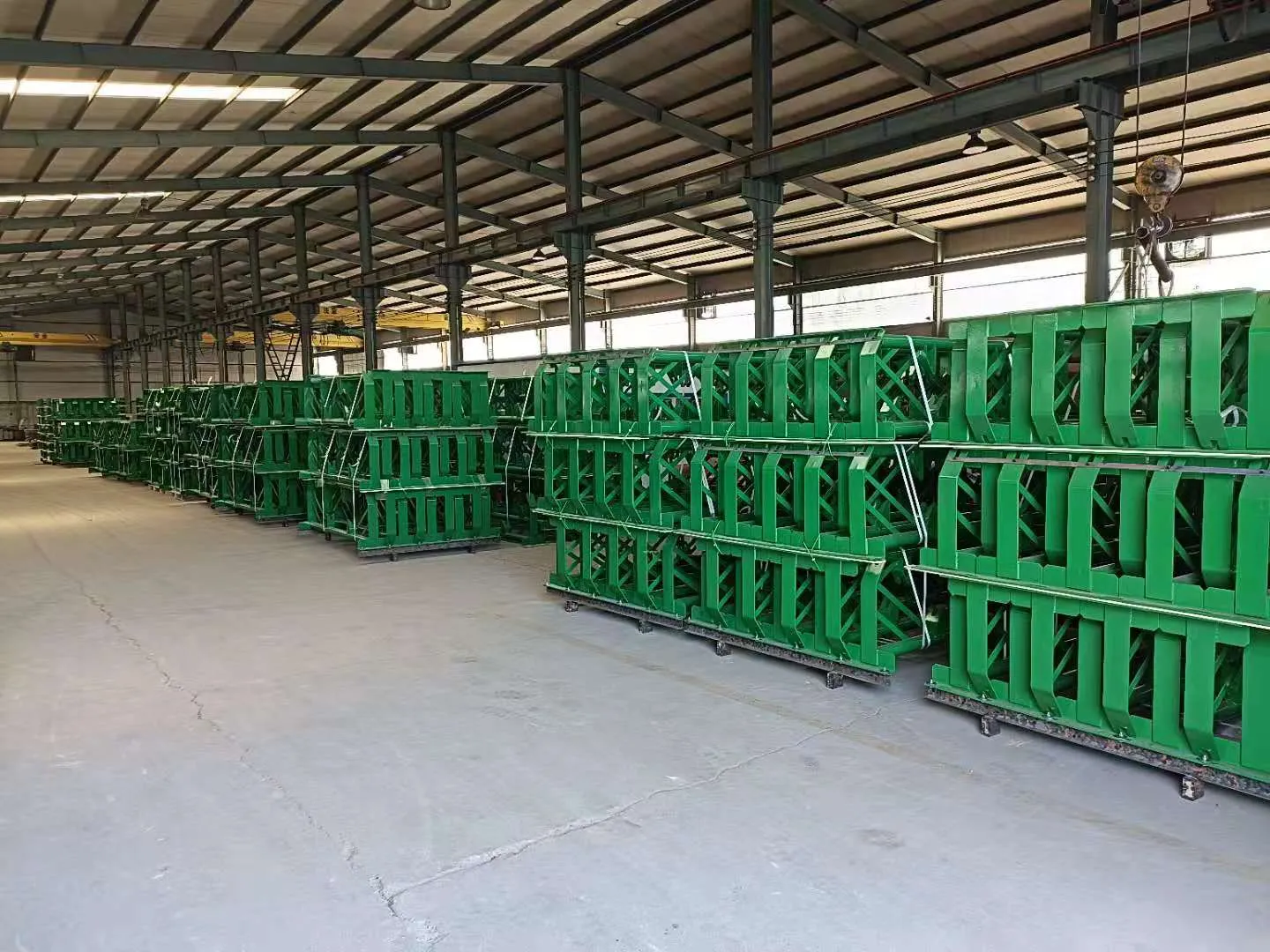 Afrikaans
Afrikaans  Albanian
Albanian  Amharic
Amharic  Arabic
Arabic  Armenian
Armenian  Azerbaijani
Azerbaijani  Basque
Basque  Belarusian
Belarusian  Bengali
Bengali  Bosnian
Bosnian  Bulgarian
Bulgarian  Catalan
Catalan  Cebuano
Cebuano  Corsican
Corsican  Croatian
Croatian  Czech
Czech  Danish
Danish  Dutch
Dutch  English
English  Esperanto
Esperanto  Estonian
Estonian  Finnish
Finnish  French
French  Frisian
Frisian  Galician
Galician  Georgian
Georgian  German
German  Greek
Greek  Gujarati
Gujarati  Haitian Creole
Haitian Creole  hausa
hausa  hawaiian
hawaiian  Hebrew
Hebrew  Hindi
Hindi  Miao
Miao  Hungarian
Hungarian  Icelandic
Icelandic  igbo
igbo  Indonesian
Indonesian  irish
irish  Italian
Italian  Japanese
Japanese  Javanese
Javanese  Kannada
Kannada  kazakh
kazakh  Khmer
Khmer  Rwandese
Rwandese  Korean
Korean  Kurdish
Kurdish  Kyrgyz
Kyrgyz  Lao
Lao  Latin
Latin  Latvian
Latvian  Lithuanian
Lithuanian  Luxembourgish
Luxembourgish  Macedonian
Macedonian  Malgashi
Malgashi  Malay
Malay  Malayalam
Malayalam  Maltese
Maltese  Maori
Maori  Marathi
Marathi  Mongolian
Mongolian  Myanmar
Myanmar  Nepali
Nepali  Norwegian
Norwegian  Norwegian
Norwegian  Occitan
Occitan  Pashto
Pashto  Persian
Persian  Polish
Polish  Portuguese
Portuguese  Punjabi
Punjabi  Romanian
Romanian  Russian
Russian  Samoan
Samoan  Scottish Gaelic
Scottish Gaelic  Serbian
Serbian  Sesotho
Sesotho  Shona
Shona  Sindhi
Sindhi  Sinhala
Sinhala  Slovak
Slovak  Slovenian
Slovenian  Somali
Somali  Spanish
Spanish  Sundanese
Sundanese  Swahili
Swahili  Swedish
Swedish  Tagalog
Tagalog  Tajik
Tajik  Tamil
Tamil  Tatar
Tatar  Telugu
Telugu  Thai
Thai  Turkish
Turkish  Turkmen
Turkmen  Ukrainian
Ukrainian  Urdu
Urdu  Uighur
Uighur  Uzbek
Uzbek  Vietnamese
Vietnamese  Welsh
Welsh  Bantu
Bantu  Yiddish
Yiddish  Yoruba
Yoruba  Zulu
Zulu self aligning return idler
Self-Aligning Return Idler Revolutionizing Conveyor Systems
In the world of material handling and industrial automation, conveyor systems play a pivotal role in enhancing efficiency and productivity. Among the many components that contribute to the smooth operation of these systems is the return idler. In recent years, self-aligning return idlers have emerged as a game-changing innovation, addressing common issues related to belt tracking, wear, and maintenance.
Understanding Return Idlers
Return idlers are essential components of conveyor systems, positioned beneath the belt to support its return journey after materials have been transferred. Their primary function is to maintain the belt's alignment, minimize friction, and reduce wear and tear. Traditional return idlers, while effective, often face challenges related to misalignment, leading to increased operational costs and system downtime.
The Need for Self-Alignment
Misalignment in conveyor belts can result from various factors, including uneven loading, wear of components, or improper installation. When the belt veers off track, it can lead to material spillage, increased friction, and premature failure of the belt itself. Historically, these issues required substantial manual intervention, which not only increased labor costs but also disrupted the workflow.
Enter the self-aligning return idler. These innovative devices are designed to automatically adjust to the belt's position, ensuring optimal tracking without the need for constant manual adjustments. This capability significantly reduces the risk of misalignment and associated problems, making them a valuable addition to any conveyor system.
Benefits of Self-Aligning Return Idlers
self aligning return idler

1. Enhanced Tracking The primary advantage of self-aligning return idlers lies in their ability to maintain belt alignment autonomously. This feature reduces the likelihood of belt misalignment, improving the overall efficiency of the conveyor system.
2. Reduced Maintenance With conventional idlers, operators often need to spend considerable time and resources on maintenance and adjustments. Self-aligning return idlers minimize this need, allowing maintenance teams to focus on more critical tasks.
3. Lower Operational Costs By decreasing wear on the belt and other components, self-aligning return idlers contribute to lower replacement costs and extended service life for conveyor belts. This cost-effectiveness is crucial for industries striving to optimize their budgets.
4. Improved Safety Misaligned belts can pose safety hazards, leading to accidents and potential injuries. By enhancing tracking and reducing the likelihood of spillage, self-aligning return idlers contribute to a safer work environment.
5. Versatility Self-aligning return idlers are suitable for a wide range of applications and materials, from heavy-duty mining operations to light industrial use. Their adaptability makes them an ideal choice for various conveyor systems.
Conclusion
As industries continue to prioritize efficiency and cost-effectiveness in their operations, self-aligning return idlers represent a significant advancement in conveyor technology. By automating the tracking process, these components not only enhance operational efficiency but also reduce maintenance burdens and improve safety standards. As more companies recognize the benefits of incorporating self-aligning return idlers into their systems, the future of material handling will undoubtedly be shaped by this innovative solution. Embracing this technology is not just a trend; it is a strategic move towards a more efficient and sustainable industrial landscape.
-
Revolutionizing Conveyor Reliability with Advanced Rubber Lagging PulleysNewsJul.22,2025
-
Powering Precision and Durability with Expert Manufacturers of Conveyor ComponentsNewsJul.22,2025
-
Optimizing Conveyor Systems with Advanced Conveyor AccessoriesNewsJul.22,2025
-
Maximize Conveyor Efficiency with Quality Conveyor Idler PulleysNewsJul.22,2025
-
Future-Proof Your Conveyor System with High-Performance Polyurethane RollerNewsJul.22,2025
-
Driving Efficiency Forward with Quality Idlers and RollersNewsJul.22,2025





























